Alfred Leitenstorfer
University Konstanz | Konstanz, Germany
“Applications of Ultrabroadband Femtosecond Fiber Lasers: From Single Electrons and Zero Photons to Biophotonics”

Based on optical telecom technology, femtosecond fi ber lasers represent compact and versatile tools for nanoscience and microscopy [1,2]. Owing to the long carrier wavelength centered around 1.55 μm, both Ge doping and waveguide dispersion of highly nonlinear germanosilicate fi bers may be exploited to form precisely tailored supercontinua. This aspect underlies generation of pulse trains with either an ultrabroad spectral tuning range or single-cycle temporal duration [3], passive phase locking [4] and ultranarrow linewidths of free-running frequency combs [5]. All these features are central for our studies on e.g. electron transport at the atomic spatio-temporal scale [6], few-fermion dynamics in individual semiconductor quantum dots [7] or time-domain quantum electrodynamics [8]. After briefl y featuring these core activities, the talk will focus on biophotonics applications which have emerged in close collaboration with Prof. Elisa Ferrando-May in the Department of Biology at University of Konstanz who now works at the German Cancer Research Center. Here, we exploit the high peak
intensities of femtosecond laser pulses focused tightly into the nuclei of live cells to induce localized DNA lesions. This work is aiming to advance our knowledge about photon- and electron-mediated mechanisms of DNA damage and the cellular DNA repair response. It turns out that femtosecond irradiation in the visible range induces UV photoproducts via two-photon absorption while intense infrared pulses excite hot electrons by interband tunneling in H2O, thus mimicking DNA strand break induction after exposure to ionizing radiation [9].
[1] D. Brida et al., Laser Photonics Rev. 8, 409 (2014)
[2] D. Träutlein et al., J. Biophoton. 1, 53 (2008)
[3] G. Krauss et al., Nature Photon. 4, 33 (2010)
[4] D. Fehrenbacher et al., Optica 2, 917 (2015)
[5] S. R. Hutter et al., Laser Photonics Rev. 17, 2200907 (2023)
[6] M. Ludwig et al., Nature Phys. 16, 341 (2020)
[7] P. Henzler et al., Phys. Rev. Lett. 126, 067402 (2021)
[8] S. Onoe et al., Phys. Rev. D 105, 056023 (2022)
[9] M. Schmalz et al., PNAS 120, e2220132120 (2023)
